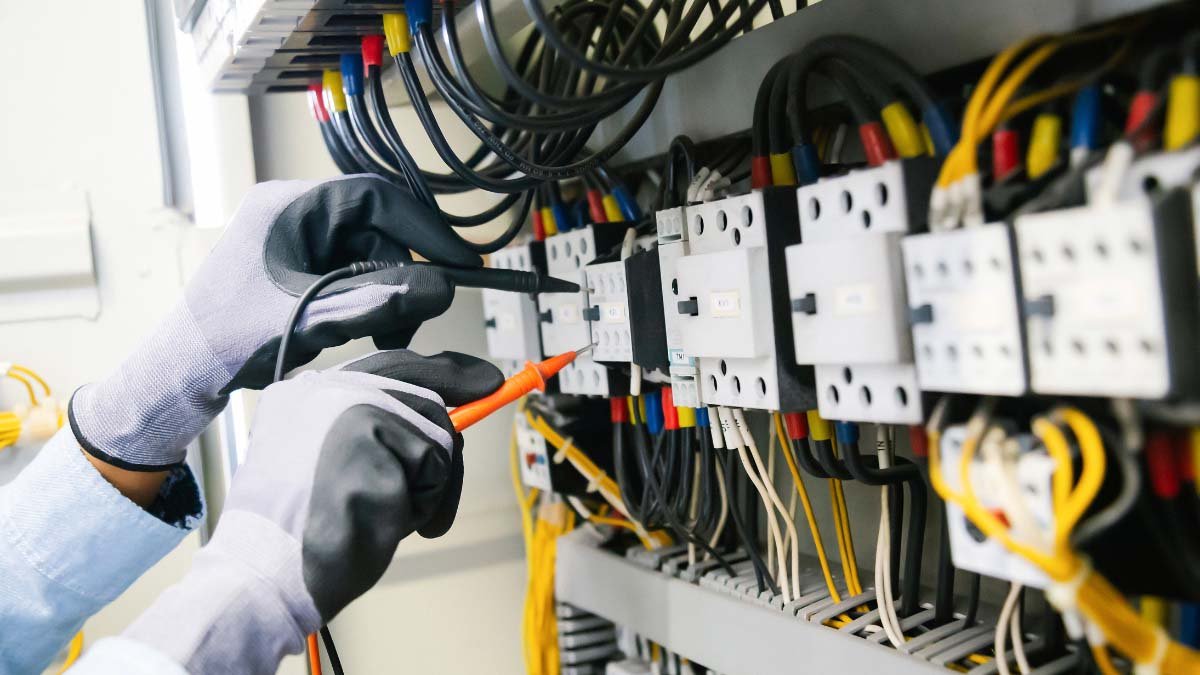The home Appliances that are functioning by using an unstable power supply can get too burnt out. If you’re not getting 240 volts for the power supply for operating, then you need to be concerned about that.
It’s most important to get it fixed before all the home appliances end up on replacement or repairs. Basically, there could be an issue with the supply, breakers, wiring, a faulty circuit breaker, loose connections, dirty contacts, or inside the circuit.
All these issues lead to unestablished connections and stop the flow of electricity. But don’t so panic, there is not always a big issue, that may not always need a professional electrician to resolve the issue.
Finding out the exact issue will help you to understand if you can repair it by yourself or whether it needs the help of a professional. To understand the possible reason behind not getting 240 volts of power supply for your home appliances, we have written this post in detail that includes the possible reasons along as well as a few possible ways to fix them. So let’s get started for further detail!
Why you’re Not Getting 240 Volts?
As we have already mentioned above there might be some possible reasons behind the not getting 240 volts issue. The basic reasons why you’re not getting 240 volts might be due to
- Loose connections
- A faulty circuit breaker
- Tripped Circuit Breaker
- Dirty contacts.
The electric circuit is the main thing that feeds your all home appliances that involve quite a few components. Because the appliances not receiving 240 volts can lie in any of them. Here are some main reasons why you may not be getting 240 volts of power supply for all your home appliances.
How to fix these issues?
There are some easy fixes that will help you to resolve the issue of not getting 240 volts within two minutes.
1. Loose Connections
A loose connection is the most common reason, when there is an issue of a loose connection in the appliance or the breaker circuit, then the voltage could spike up. In this way, the voltage reading may show differences at the outlet and neutral-to-ground connections.
One can show a 0V reading while the other may show 120 votes reading. So, here you can use the non-contact voltage tester helps to check the power at terminals. When this screw touches the wires can indicate a loose connection easily. Here you need to cut down the main electricity and connected these wires tightly. Now see, if the issue has been resolved.
2. Bad Circuit Breaker
The faulty or bad circuit breaker is another common reason behind the issue of not getting 240 volts. The main breaker may show a different reading between the two legs. This may due to a damaged bus bar inside this breaker.
If this main breaker is not delivering the rated 240V reading between the two legs, then you have to replace it immediately to avoid any serious damage to the appliances.
3. Tripped Circuit Breaker
When multiple 240 volts put the load on the wired circuit breaker, it could get tripped due to the overload. Here, you have to check the slots if the circuit breakers are connected properly.
The wire connection of the breaker has two legs to supply power, which means it might be connected properly to both legs. If both the cables are connected properly to either one of the two legs, then the circuit breaker starts tripping and you cannot get 240 volts of power supply for your home appliances to operate.
4. Unclean Contacts
Basically, the bus bar is contacted with the main breaker, sometime it got clogged with stubbing stains, dust, or other particles. Corrosion may also clog the contacts. This can also make a reason loose connection that will make the circuit deliver to lower output. You just need to switch the main breaker on and off several times, that can help you to get the contacts cleaned and start working properly.
Note: When you check the main breaker circuit, you can use a no-contact tester for safely determining, the non-contact tester is relatively safe to use and can easily indicate where power is available in the circuit.
Troubleshooting a 240V Outlet that’s Not Working
Basically, the 240-volt outlets have a combined earth leakage detector and circuit breaker. The other thing that is included in troubleshooting is the lead and plug. Here is what to do if 240 volts outlet does not work.
1. Check the Earth Leakage Safety Switch
First of all, you need to check the Earth Leakage Safety Switch that has tripped due to an old connection. So you should turn it on and off several times to make sure that this is not the reason.
2. Check the Lead and Plug
You must check that the outlet lead is plugged into the control panel properly, if this is loose or unplugged, then 240 volts outlet will not work.
3. Check the Control Panel and Outlet Connection
Many times, the leads might accidentally get unplugged from the end. So you need to check if the lead is plugged in properly at both the control panel and wall outlet.
Conclusion
So, that’s all you need to learn about the not getting 240 volts issue. We have mentioned some basic reasons behind this issue. We have also explained some easy fixes for this issue.
You just need to find out the exact reason and its solution. If you are not confident to do this by yourself then you must need to get the help of an electrician or professional.




